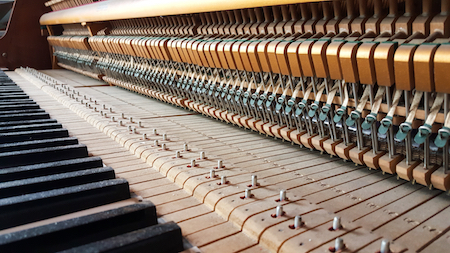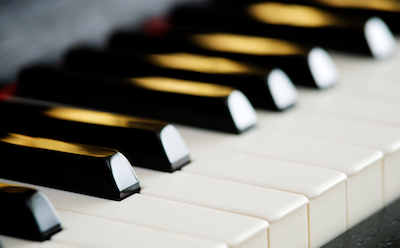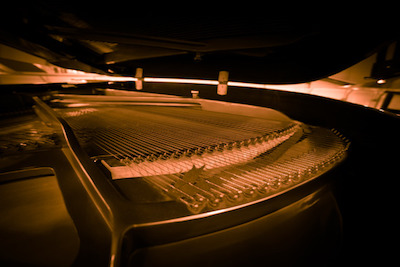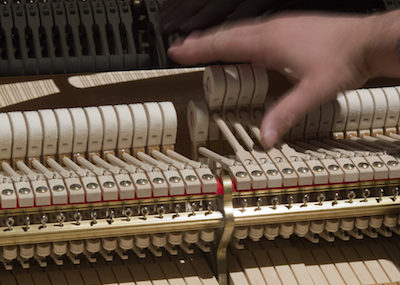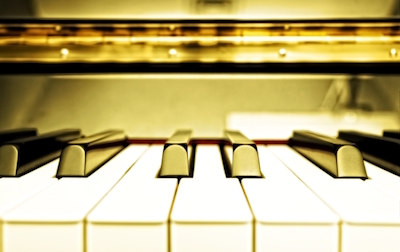You’ve had your piano in your home for years. It has history. It’s been with you through many years of playing.
But now you’re thinking about something new – something more better suited for the way you play. Should you buy a new piano? Or should you think about piano restoration? Here are a few things to consider.
Restoration can be less expensive than new
A lot of clients who consider restoration have a piano with significant value. A Steinway piano, for example, holds its value well over time. It can be far less to work with a restoration team and replace worn out parts and refinish the exterior to look brand new.
Restoring can add as much as 70 years of life to your piano
Pianos aren’t something that wear out quickly. If you invest in a high-quality piano, it can be with you for decades. That’s why it’s often better to restore a high-quality piano that needs a little work than to try and trade in for the same quality with a new. Restore it once, and it may be with you for life.
Restoring can change the look
Just because you’re restoring your old piano doesn’t mean it has to stay looking the way it has in the past. One of the easiest things to change is the look. Want a high gloss finish instead of natural wood? Looking for a particular color or stain? Restoring can give you exactly what you want.
Not all pianos are worth restoring
Some pianos are handmade, others are mass-produced. Depending on the make and model of your piano can help you determine whether it’s worth restoring. Give us a call; it’s the best way to start the process of determining the right step for you.
The restoration process isn’t the same for every piano
A piano has thousands of parts that work in detail together. Depending on the restoration process needed will determine how long it takes to complete the project. It’s not unheard of for a start-to-finish process to take up to 6 months.
You will have to hire a mover both ways
It’s important to get your piano to and from the restoration shop in a safe manner. That means hiring a qualified mover to ensure it’s safely delivered from one place to another. We can help you with this too.
Restoration adds value to your piano
If you already have a high valued piano, restoring it will only increase its value. Proper restoration takes into account the brand, the parts, and restores each piece to its original condition. It reuses existing parts whenever possible. And when it’s finished, your work of art will be even more beautiful. One you’ll be proud to display for many years to come.
